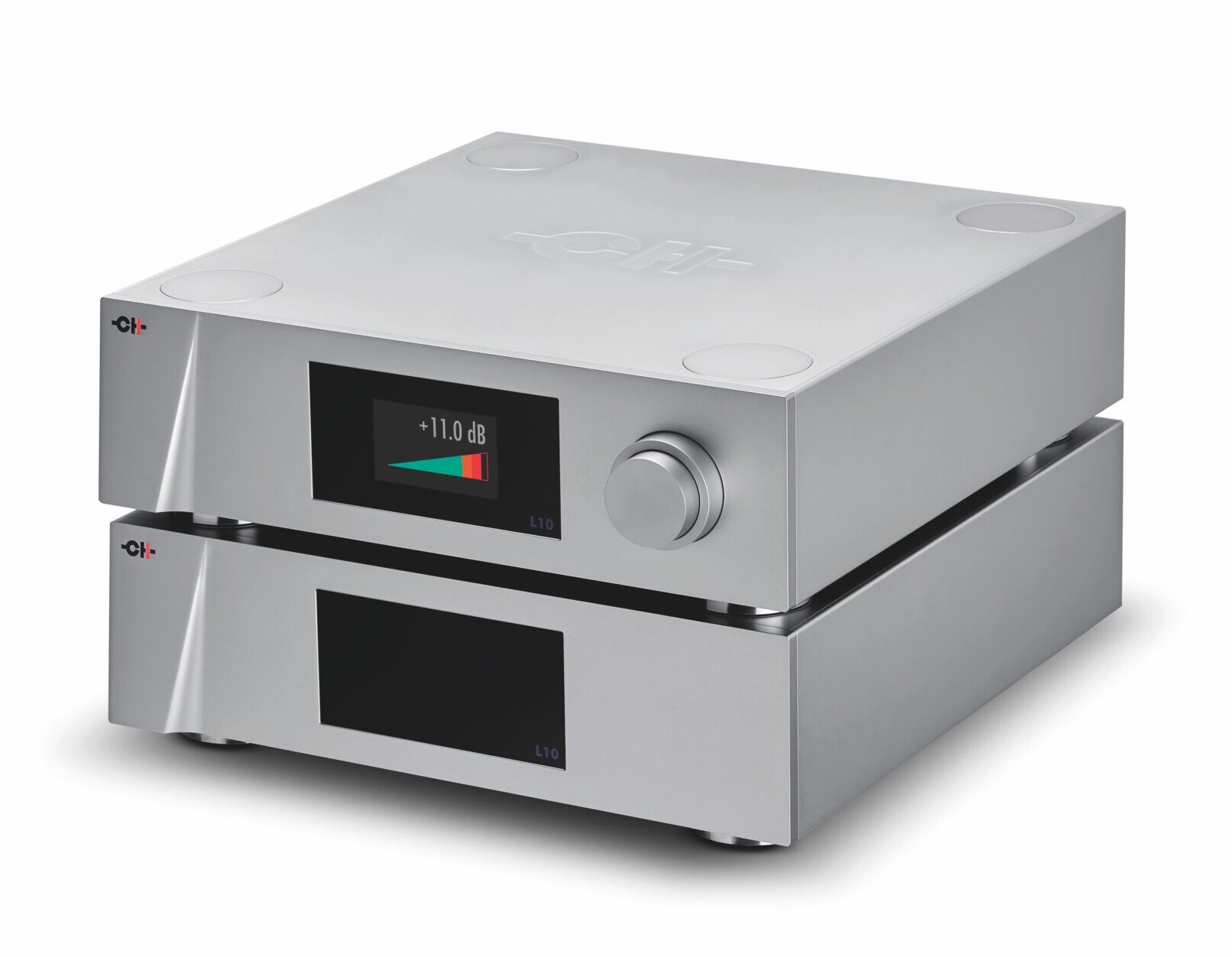 What the L10 (in standard, two-box form) brings to a system is dynamic and musical coherence, a sense of unimpeded flow, clarity of pattern and musical purpose. It’s not just that everything has a place and seems to know that place. It allows the relationship between voices and instruments to take on an entirely new range of expressive and musical intent. What that natural sense of order and proportion translates into is a performance (from the system and from the players) in which the music drives the system, rather than the system driving the music. It reflects the L10’s ability to track both micro and macro-dynamic demands and feed them intact to the power amp. The result is a step-change in terms of musical connection and access, engagement and satisfaction. It also helps explain why, although the four-box L1 is significantly superior to the two-box version, the L10 is not just better than both of them, it’s better than both to an almost equal degree. That is because you are not experiencing a single performance continuum, in which each iteration is simply a better version of the one that came before. If the four-box L1 is at the top of one performance ladder, the L10 is climbing an entirely different ladder, with different attributes and capabilities and as a result, communicating in a fundamentally different – and superior – way.
What the L10 (in standard, two-box form) brings to a system is dynamic and musical coherence, a sense of unimpeded flow, clarity of pattern and musical purpose. It’s not just that everything has a place and seems to know that place. It allows the relationship between voices and instruments to take on an entirely new range of expressive and musical intent. What that natural sense of order and proportion translates into is a performance (from the system and from the players) in which the music drives the system, rather than the system driving the music. It reflects the L10’s ability to track both micro and macro-dynamic demands and feed them intact to the power amp. The result is a step-change in terms of musical connection and access, engagement and satisfaction. It also helps explain why, although the four-box L1 is significantly superior to the two-box version, the L10 is not just better than both of them, it’s better than both to an almost equal degree. That is because you are not experiencing a single performance continuum, in which each iteration is simply a better version of the one that came before. If the four-box L1 is at the top of one performance ladder, the L10 is climbing an entirely different ladder, with different attributes and capabilities and as a result, communicating in a fundamentally different – and superior – way.
Play Lisa Batiashvili’s live recording of the Sibelius Violin Concerto (Oramo and the Finnish Radio S.O. on Sony) and the two-box L10 delivers a sound that is fulsome in its presence, density and seemingly unstoppable momentum. Batiashvili is placed firmly out front, leading the musical evolutions that flow naturally despite the fractured, almost disjointed nature of the score and orchestration. It’s an emotional tour de forcethat makes the most of a less than perfect recording, the solo part lifted free from the somewhat murky orchestral backing. As an example of putting the music first, transcending the limitations of the disc and the recording itself, this takes some beating – yet switch to the four-box L10 and you wonder if you are listening to the same performance!
The time/space continuum…
What does the four-box line-stage bring to the party? Time and space. The soundstage behind Batiashvili simply opens out, individual instruments are precisely placed and effortlessly separated. The floor suddenly appears beneath the orchestra, establishing a new and far more natural sense of perspective, width and depth. But more importantly, that sense of space and precision extends to the temporal location of notes and the space between them. Batiashvili’s playing becomes more articulate, her lines clearer, her phrasing more effective and affecting. The conversation between soloist and orchestra takes on new shape and purpose, dynamic levels and steps in both the solo playing and the orchestration are wider and clearer – making Batiashvili’s performance more intense, emphatic and purposeful, the performance as a whole far more dramatic.

